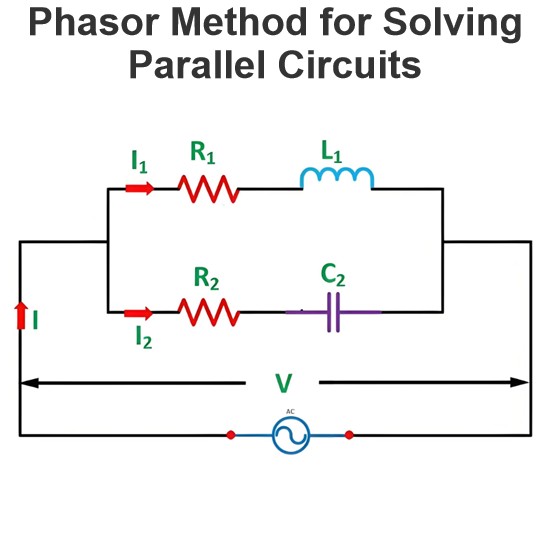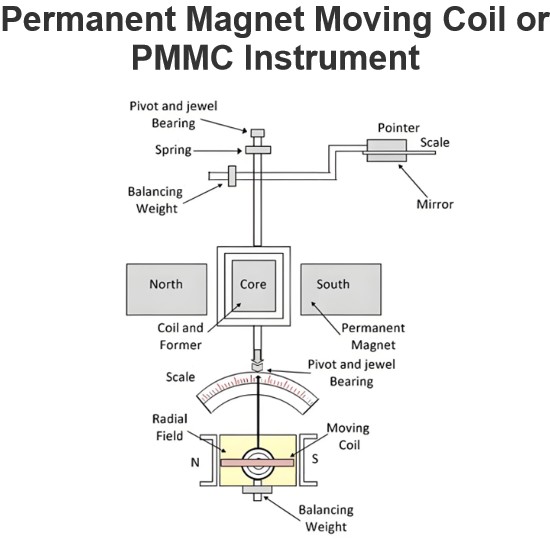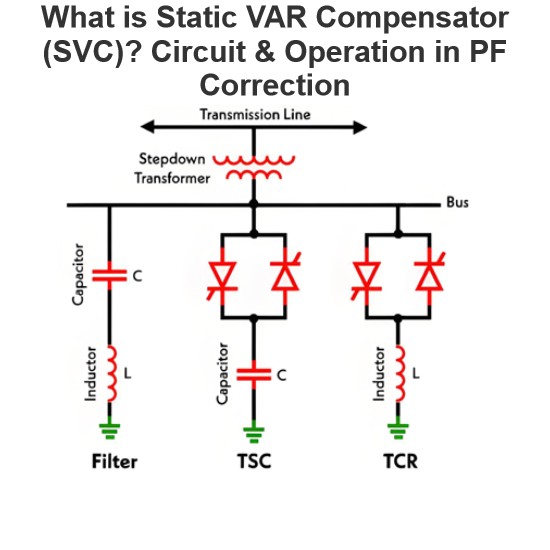| Brand | ROCKWILL |
| Model NO. | 38kV/400A RCW-F38N MV outdoor vacuum recloser |
| Rated voltage | 38kV |
| Rated normal current | 400A |
| Rated short circuit breaking current | 12.5kA |
| Power frequency withstand voltage | 85kV/min |
| Rated lightning impulse voltage | 185kV |
| manual closing | No |
| Series | RCW |
Description:
The RCW series automatic circuit reclosers can use on overhead distribution lines as well as distribution substation applications for all voltage classes 11kV up to 38kV at 50/60Hz power system. and it’s rated current can reach 1250A.The RCW series automatic circuit reclosers integrates the functions of control, protection, measurement, communication, fault detection, on-linemonitoring of closing or opening.The RCW series vacuum recloser is mainly combined with integration terminal, current transformer, permanent magnetic actuator and it’s recloser controller.
Features:
Optional grades available in rated current range.
With optional relay protection and logic for user selection.
With optional communication protocols and I/O ports for users to choose.
PC software for controller testing, setup, programming, updates.
Parameters:
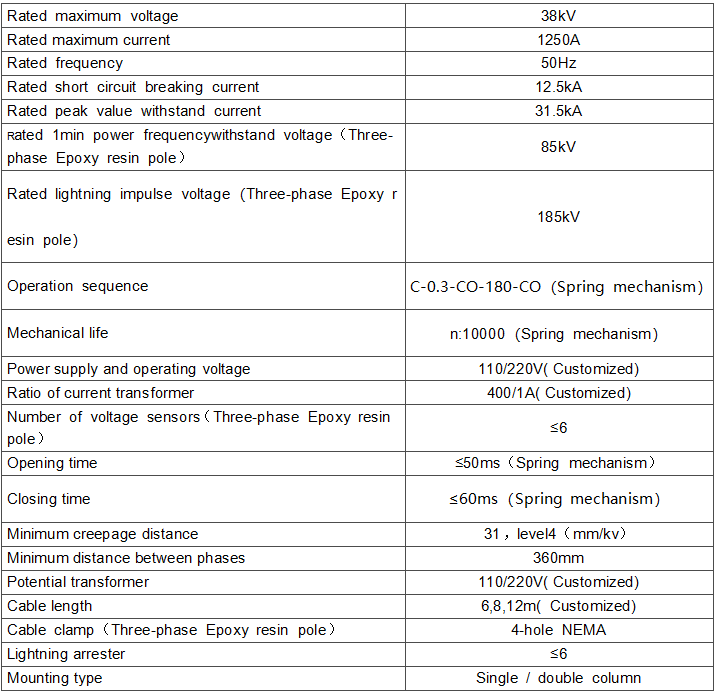

External dimensions:
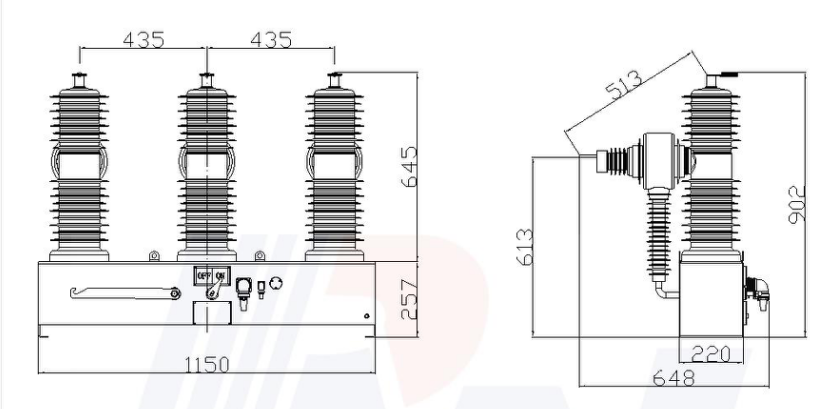
Environmental requirement:

Product show:
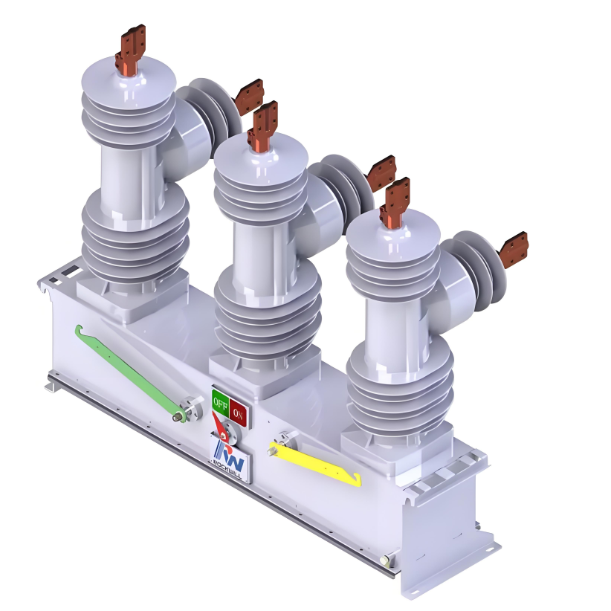
What are the mechanical failures of outdoor vacuum reclosers?
Spring Fatigue: Spring fatigue is a common issue. If the spring remains compressed for a long time or is frequently operated, it may lose its elasticity, causing the closing speed to slow down or the closing position to be inaccurate. Additionally, mechanical transmission components of the spring-operated mechanism, such as connecting rods and toggle arms, can wear out, deform, or become stuck, affecting the accuracy and reliability of the opening and closing operations.
Magnet Demagnetization: Demagnetization of the permanent magnet is a potential fault in permanent magnet-operated mechanisms. High-temperature environments, strong vibrations, or prolonged exposure to high currents can weaken the magnetic properties of the permanent magnet, affecting the performance of the operating mechanism. Furthermore, faults in the control circuit of the permanent magnet-operated mechanism, such as capacitor aging or electronic component failure, can also lead to abnormal opening and closing operations.
Loose or Detached Connecting Rods: In outdoor vacuum reclosers, the transmission connecting rods may loosen or even detach over time due to vibration, corrosion, or other factors. This can prevent the opening and closing actions from being transmitted properly, causing the recloser to fail to operate correctly.
Wear or Breakage of Pivot Pins: Pivot pins can wear out during rotation. Severe wear can increase the clearance between transmission components, affecting the precision of the opening and closing actions. If a pivot pin breaks, it can directly interrupt the transmission chain of the recloser, preventing it from performing opening and closing operations.

